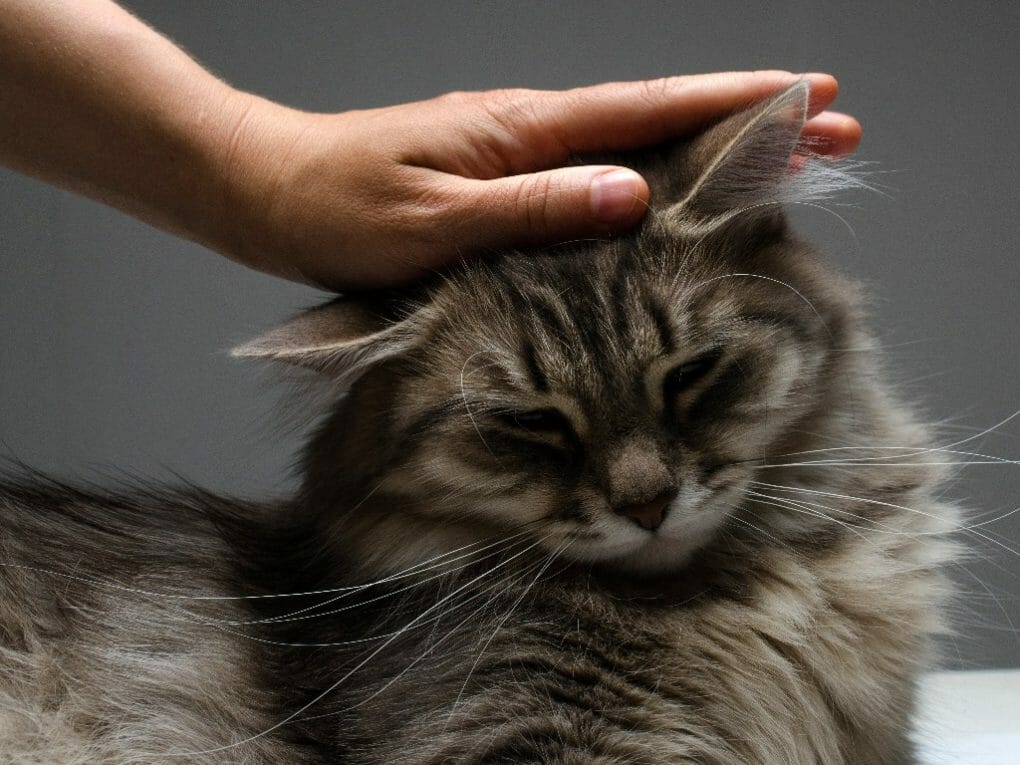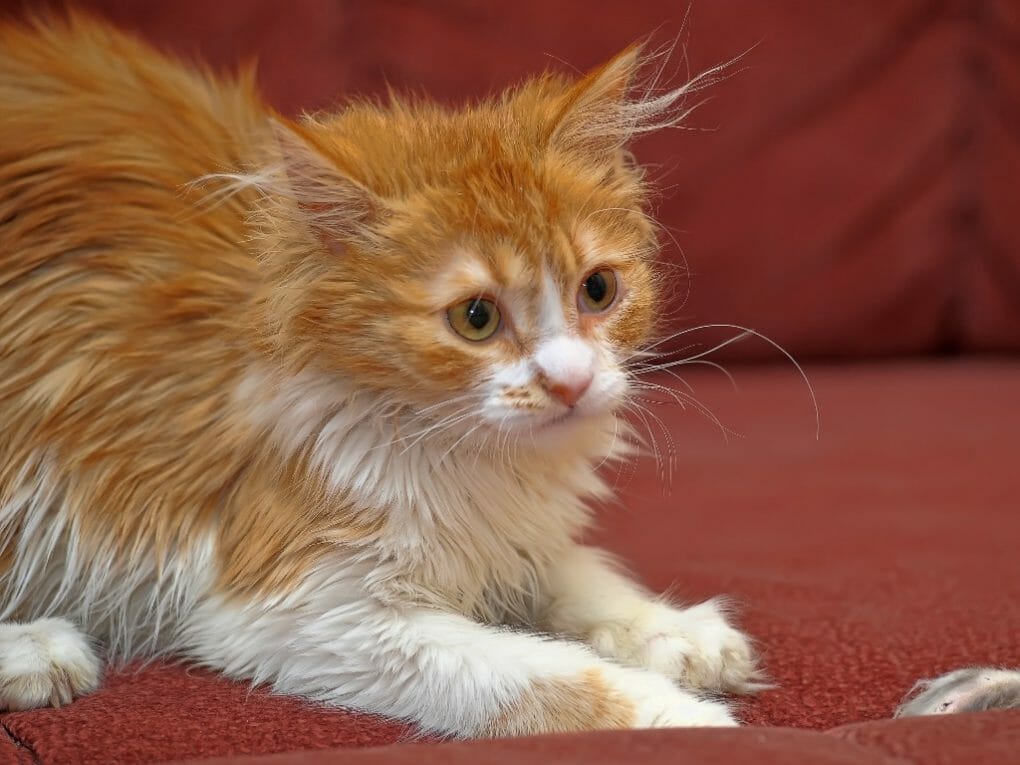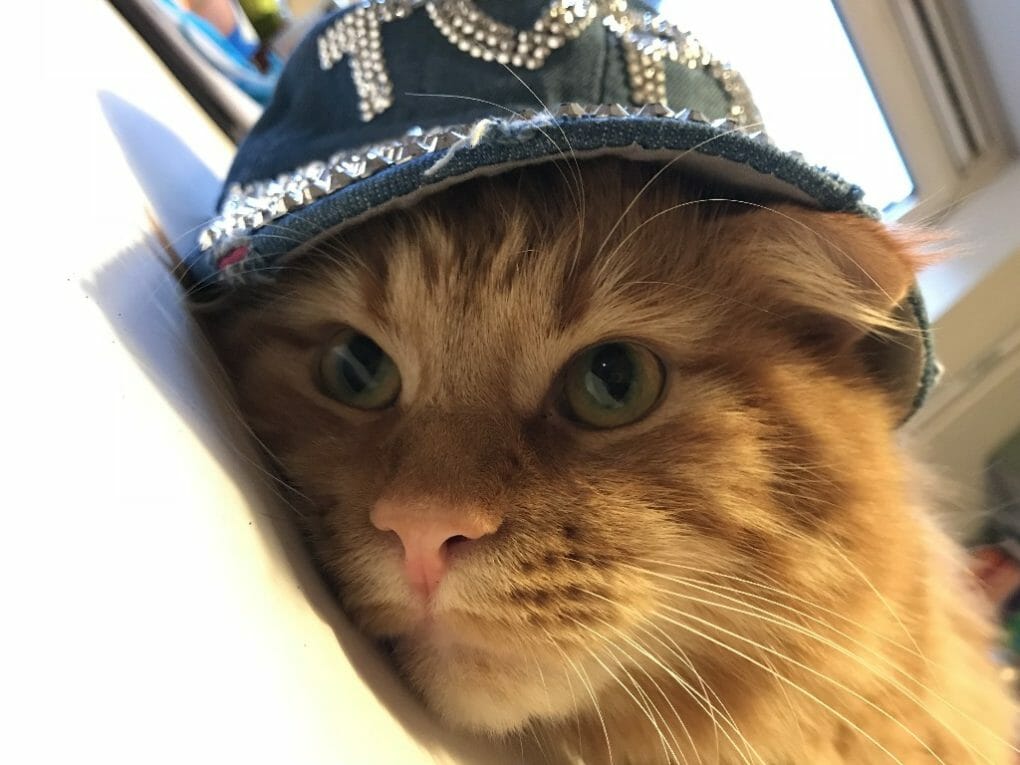How to Control Cat Hair: 9 Tips for Managing Fur Shedding in Your Pet Cat


One of the best ways to take control of cat hair is to groom your pet regularly. This includes brushing their hair with a brush designed specifically for cats – it’ll help eliminate all the fur in one go!
Another great way to get rid of cat hair is to bathe your cat regularly. This will remove any oils and dirt that may contribute to furball formation. Be sure to use a specifically cat-safe shampoo free of harsh chemicals.
Finally, keep an eye on the shedding cycle – when your cat gets ready to shed, expect lots of hair around their home!
Table of Contents
9 Tips for Managing Fur Shedding in Cats
Cats are notorious for leaving hair all over the place – on the furniture, walls, and even the floor. But fear not! With a little effort, you can control cat hair and keep your home clean and tidy simultaneously.
1. Invest in a Vacuum Made for Cat Hair
The best way to start controlling shedding is by investing in a vacuum specifically for cat hair. This will suck up all the fur and debris, leaving your floors clean and free from hairballs.
Additionally, make sure you change the filter regularly so that it can effectively remove any dust or dirt particles from the air. When cleaning the carpets, use a wand attachment to prevent deep clumps of fur from being pulled out with each pass.
2. Get a Pet Hair Sponge
Keeping your home clean and free of cat hair is a hassle-free task with the help of a pet hair sponge. This handy tool is easy to use and helps take care of all of the hair on your cat or pet.
You can keep it in your purse or on top of the refrigerator for quick access when needed. Plus, it leaves your home clean and free of fur balls – a true pleasure to have around!
3. Use the Dryer
It can be frustrating when cat hair gets stuck in your clothes, and you can’t figure out how to get it out. The dryer is one of the best tools for removing cat hair from clothes.
Put your clothes in the dryer in a low-heat setting for about 10 minutes. This removes most of the hair but won’t work on thick coats or stubborn lint buildup. Use the dryer sparingly so you don’t damage your clothes. If that doesn’t work, try professional groomers.
4. Brush Your Cat to Remove Excess Hair


Keeping your cat’s hair under control is essential for your cat’s comfort and your own. Get rid of the excess hair before you can brush your cat. Clip the hair off near the base of your pet’s tail until it reaches his skin (the shorter hairs will be easier to remove). Brush the hair off using a brush- grasp your cat by its shoulders and stretch upward while brushing backward and forwards repeatedly.
Start by brushing your cat in a circular motion – this will help prevent scratching. Be careful not to use too much force, as this can hurt your cat. Try hair spray or a vacuum cleaner with the pet hair attachment if brushing doesn’t work.
Cats naturally have long hair, so it’s essential to brush them regularly to keep their coat clean and healthy. If your cat is a shedder, check the fur around its genital area for loose hair every once in a while.
Be patient – cats tend not to like being brushed too much at first. Finally, reward your kitty with good old-fashioned petting to make this process easy!
5. Use a Dusting Mop on Hard Surfaces
One of the best ways to control cat hair at home is to use a dusting mop on hard surfaces. This will remove any dirt, dust, or allergens that may be causing the cats’ allergies and fur problems.
6. Change Their Diet
To control cat hair, you need to change their diet. Feed them canned or dry food low in hair-releasing ingredients, like grains. If that doesn’t work, try wet food. Offer your cat treats like tuna or chicken to get them into the kitchen for a good meal. If all else fails, try a hair-repelling mat to stop cat hair from being a nuisance.
7. Ensure They Are Hydrated
Please ensure your cat is drinking plenty of water and has access to a fresh supply of herbs or vegetables to control cat hair. Some popular herbal supplements for cats include blessed thistle and catnip.
Proper nutrition is also essential, so feed them canned food with high-quality proteins and moisten their food with warm water or their favorite wet food.
8. Take Them to the Vet for a Check-Up
If your cat has hair issues, it’s essential to take them for a vet check every once in a while to ensure there’s nothing wrong. A healthy coat of fur means no fleas or ticks, which is excellent news for your cat’s health and peace of mind.
There are various ways to control cat hair. However, recently, only some methods have worked well on every type of feline – it’s important to try several before deciding what works best for your pet!
9. Invest in a Couch Protector


Keeping your home clean and free of cat hair can be a huge hassle. That’s where a couch protector comes in handy! It’s easy to put on, so you can quickly eliminate any cat hair that accumulates. Plus, it’s long-lasting – so you can use it on every piece of furniture in the house! Not to mention, it’s a great way to keep your furniture clean and free of allergens.
